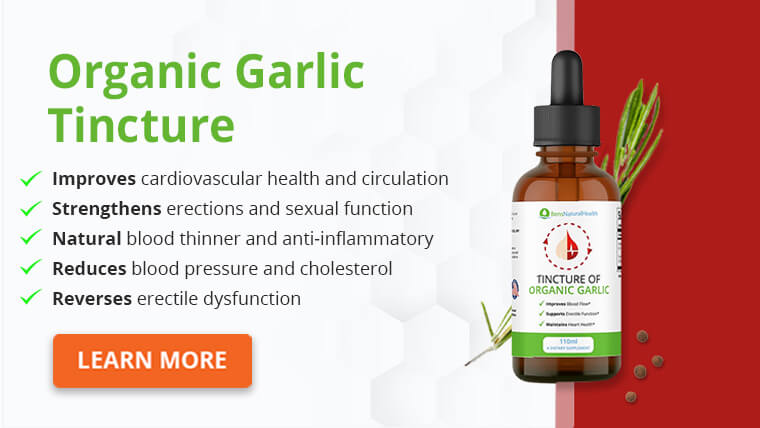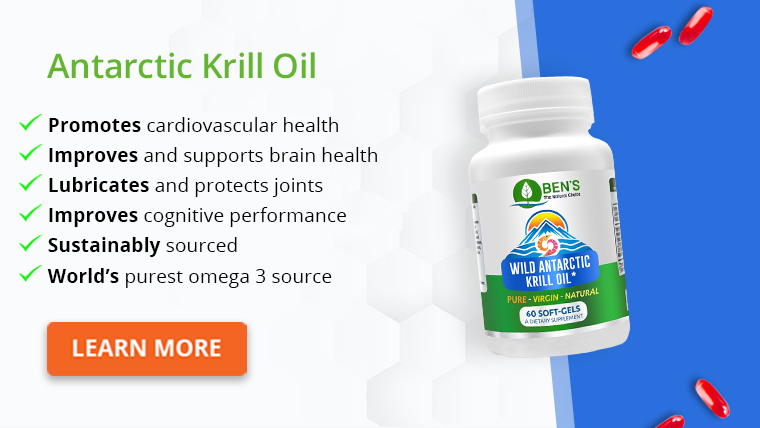Taking clopidogrel can help reduce your risk of developing blood clots and may be prescribed if you have heart disease, a history of a heart attack or stroke, or peripheral artery disease.
In this article, we’ll discuss how clopidogrel works, a list of foods to eat and avoid while on clopidogrel, and potential medication interactions.
What is Clopidogrel (Plavix)?
Clopidogrel (brand name Plavix) is an antiplatelet medication. Antiplatelet medications help prevent platelets (a type of blood cell) from sticking together and forming dangerous blood clots.
Blood clots can become especially dangerous if they become lodged in arteries supplying blood to your brain and heart and can cut off blood flow and cause a stroke or heart attack, respectively.
Clopidogrel was first approved by the United States Food and Drug Administration (FDA) in 1997. The dose of clopidogrel will vary depending on why you’re taking it.
Clopidogrel comes in 75-milligram and 150-milligram tablets, and your healthcare provider will prescribe a specific dosing regimen for your age, health conditions, etc.
What is Clopidogrel used for?
Clopidogrel is an antiplatelet medication – specifically, it blocks the platelet P2Y12 adenosine diphosphate receptor, which prevents the activation of the glycoprotein IIb/IIIa receptor complex, which reduces platelets from aggregating (sticking together).
It’s normal for your platelets to stick together. In fact, it’s necessary to have platelet aggregation to help slow and eventually stop blood flow when you’re injured.
Along with blood clotting, platelet aggregation helps seal up broken blood vessels, which helps ensure you don’t lose too much blood when you’re injured.
However, if you’re at risk of having a heart attack or stroke, your healthcare provider will likely recommend steps to help prevent potentially catastrophic blood clots, which is when the use of anticoagulants and antiplatelet medications comes into play.
According to the National Institute of Health, the US FDA’s approved indications for the use of clopidogrel include:
- Use during a percutaneous coronary intervention (PCI): a procedure to open blocked arteries for the acute coronary syndrome (ACS) and stable ischemic heart disease
- Primary prevention of blocked arteries from blood clots related to atrial fibrillation (a type of irregular heartbeat)
- Treating symptomatic carotid artery stenosis (narrowing of the carotid arteries which carry oxygen-rich blood from your heart to your brain)
- Blood clot prevention after coronary artery bypass grafting (open heart surgery to fix blocked arteries)
- Used during procedures to restore blood flow in clogged arteries due to peripheral artery disease (poor blood flow in arteries that carry blood from your heart to your legs)

What are the side effects of Clopidogrel?
Some of the potential side effects of clopidogrel include:
- Excessive tiredness
- Headache
- Dizziness
- Nausea
- Vomiting
- Stomach pain
- Diarrhea
- Nosebleed
While rare, you might experience more serious side effects from taking clopidogrel. If you experience any of the following symptoms while taking clopidogrel, reach out to your healthcare provider immediately:
- Hives
- Rash
- Itching
- Difficulty breathing or swallowing
- Swelling of the face, throat, tongue, lips, eyes, hands, feet, ankles, or lower legs
- Hoarseness
- Black and tarry stools
- Red blood in stools
- Bloody vomit
- Vomit that looks like coffee grounds
- Unusual bleeding or bruising
- Pink or brown urine
- Slow or difficult speech
- Weakness or numbness of an arm or a leg
- Changes in vision
- Fever
- Shortness of breath
- Fast heartbeat
- Pale skin
- Purple patches or bleeding under the skin
- Confusion
- Yellowing of the skin or eyes
- Seizures
List of foods to avoid when taking Clopidogrel
Grapefruit
Many medications interact with grapefruit, causing higher levels of the medication to remain in your system. You should avoid grapefruit and grapefruit juice while taking clopidogrel.
Otherwise, there aren’t any specific foods that are known to interact with clopidogrel. However, you might need to limit certain foods if you’re also taking anticoagulants like warfarin to reduce your risk of blood clots.
In general, it’s recommended to eat a heart-healthy diet while taking clopidogrel to help minimize the risk of clogged arteries that can lead to heart attack and stroke – which we’ll cover in the next section!
Vitamin K-rich foods (only if you’re also taking warfarin)
If you’re also taking an anticoagulant called warfarin (brand name Coumadin), you’ll be advised to keep your intake of vitamin K-rich foods consistent to help warfarin work more consistently.
Some vitamin K-rich foods include:
- Kale
- Spinach
- Collards
- Turnip greens
- Beet greens
- Dandelion greens
- Mustard greens
- Brussel sprouts
- Broccoli
- Onions
- Lettuce
- Cabbage
- Asparagus
- Endive
- Parsley
- Okra
- Kiwi fruit (moderate source of vitamin K)
Foods high in saturated fat
Blood clots from platelets sticking together can block the blood flow in your arteries and veins. Blockages can also form from fatty plaque buildup in your arteries, a condition called atherosclerosis.
Diets high in saturated fats might increase your risk of plaque buildup.
Saturated fat is typically found in animal foods like high-fat meat and full-fat dairy products, but it can be found in some plant foods as well, such as coconut and palm fruit.
Eating some saturated fat is okay, but you might need to keep your total saturated fat intake to less than 10% of your total calories (less than 22 grams for a 2,000-calorie diet) if you have heart disease, vascular disease, or other conditions that can lead to blockages.
Here is a list of foods high in saturated fat to avoid with Clopidogrel:
- Beef (especially non-lean cuts)
- Lamb
- Pork
- Poultry with the skin on
- Lard and cream
- Butter
- Cheese
- Ice cream
- Coconut (including coconut oil)
- Palm oil and palm kernel oil
- Fried foods
What foods should you eat while taking Clopidogrel?
Fruits and vegetables
A diet high in plant-based foods like fruits and vegetables can promote heart health and may help reduce the buildup of plaque.
All fruits and vegetables have benefits, but some that are especially rich in nutrients include:
- Apples
- Bananas
- Berries
- Dark green leafy vegetables like broccoli, Brussels sprouts, etc.
- Dark orange veggies like carrots, sweet potatoes, and pumpkin
Omega-3 fatty acids
Omega-3 fatty acids can help prevent blood platelets from sticking together and forming blood clots.
You can get omega-3 fatty acids in your diet from certain types of fish as well as some plant sources.
Some of the best sources of omega-3s to eat while on clopidogrel include:
- Oily fish like salmon, sardines, and mackerel
- Oysters
- Cod liver oil
- Walnuts
- Flaxseeds
- Chia seeds
If you want to supplement fish oil or omega-3, ask your healthcare provider since mega doses of omega-3s can interact with certain heart medications like clopidogrel.
Legumes
Legumes like dried beans, peas, and lentils are a great source of fiber and offer plant-based protein.
They’re also a good source of potassium, a mineral that can promote healthy blood pressure levels (many people at risk of heart disease have high blood pressure).
According to a study, the daily intake of legumes improved vascular function in patients with peripheral artery disease.
The study didn’t include soybeans because it has already been reported that the compounds in soy can help reduce arterial stiffness, and the aim of the study was to see if non-soy legumes also had a benefit.
Lean protein
If you’re limiting your saturated fat intake in an effort to reduce LDL cholesterol and/or arterial plaque, you might be wondering what types of protein you should eat.
Some heart-healthy protein sources that are low in saturated fat include:
- Beans/lentils
- Eggs
- Lean beef
- Low-fat dairy (cottage cheese, Greek yogurt, etc.)
- Pork loin
- Skinless chicken
- White-fleshed fish

Other things to avoid while taking Clopidogrel
Sedentary lifestyle
Studies show physical activity can help reduce arterial plaque and can reduce your risk factors for heart disease.
Getting 30 minutes of moderate to vigorous exercise most days of the week is a great way to fight heart disease.
If you have a sedentary lifestyle, try to find ways to start incorporating more activity into your day, such as walking for ten minutes during work breaks and other sustainable habits.
Smoking
If you’re taking clopidogrel, it’s likely because you’re at higher risk of developing a blood clot which can lead to a heart attack or stroke, among other complications.
Smoking dramatically increases your risk of heart disease and promotes the buildup of fatty plaque in your arteries, which can lead to blockages.
If you’re a current smoker, reach out to your healthcare provider for resources on how to stop smoking.
Heavy alcohol use
Drinking alcohol can irritate your stomach (gastritis) and increase your risk of developing peptic ulcers. Plavix can cause bleeding, which could lead to a more serious stomach bleed.
Drinking more than one drink per day if you’re a woman or more than two drinks per day if you’re a man might increase this risk, so you should speak with your healthcare provider if you regularly engage in more heavy consumption of alcohol.
Certain medications
Taking clopidogrel with other medications can impact how clopidogrel works, as well as potentially increase the risk of side effects.
Consult your healthcare provider or pharmacist if you take any of the following drugs and are also prescribed clopidogrel:
- Omeprazole
- Esomeprazole
- Rifampin
- Aspirin
- Ibuprofen (Advil)
- Sertraline
- Paroxetine
- Duloxetine
- Venlafaxine
- Warfarin (Coumadin)
- Rivaroxaban
- Apixaban (Eliquis)
- Dabigatran (Pradaxa)
Should you take Clopidogrel with food?
You can take clopidogrel with or without food. The most important thing is to take clopidogrel consistently as prescribed without regularly missing doses.
Conclusion
Clopidogrel is an antiplatelet medication that works to keep platelets from sticking together and forming a potentially dangerous blood clot.
Clopidogrel is used for people who are at risk of having a heart attack or stroke, certain post-operative patients, and those with peripheral artery disease, among other uses.
You might need to avoid eating high amounts of saturated fat while on clopidogrel. If you’re also taking warfarin, you’ll need to keep your intake of vitamin K-rich foods consistent while on clopidogrel.
Good foods to eat while on clopidogrel include fruits, vegetables, legumes, omega-3 fatty acids, and lean protein.
Explore More







